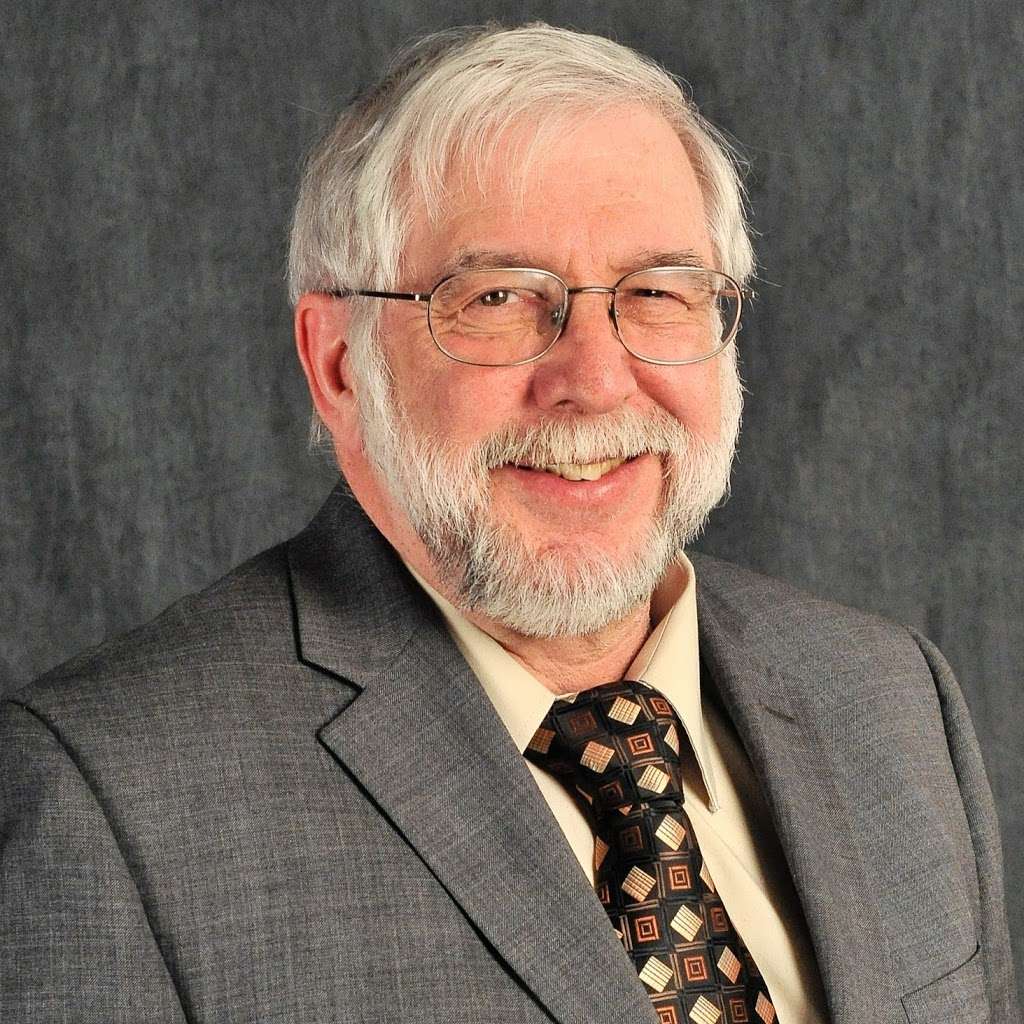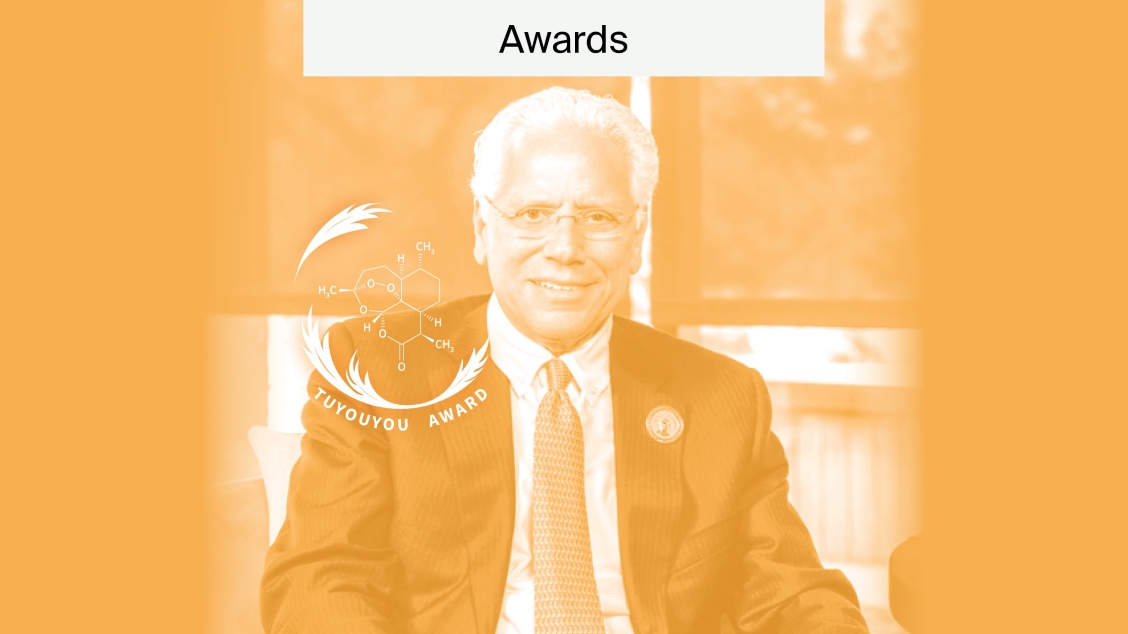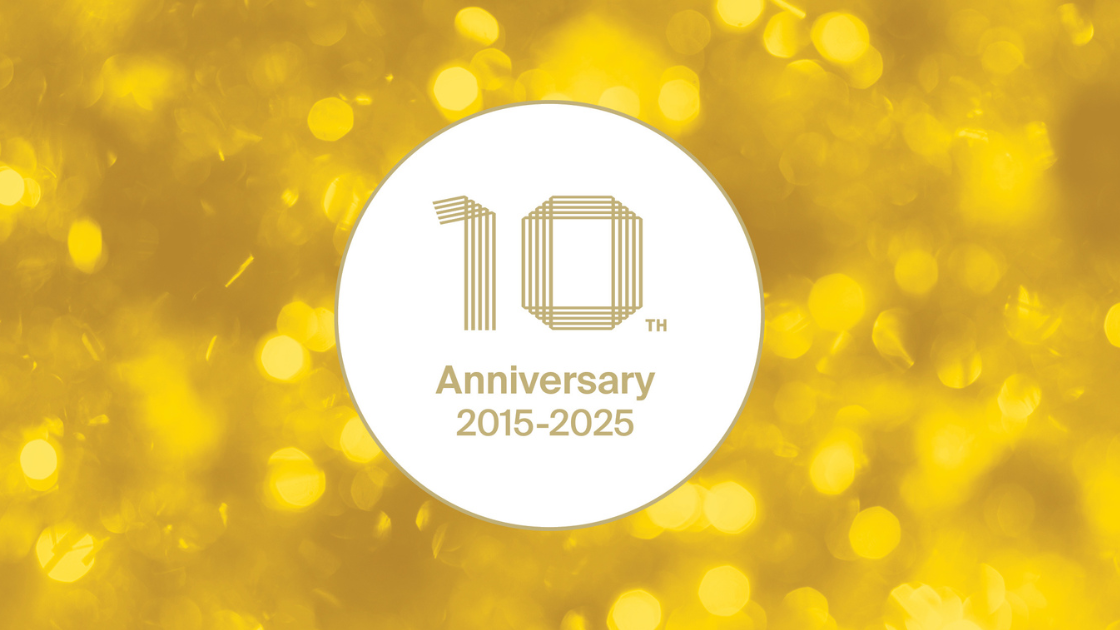
Introduction of New Journal—Rheumato
As a counterpart to the Journal of Clinical Medicine (JCM), Rheumato has just been instated as one of MDPI’s 350+ peer-reviewed journals. The aim of this new, Open Access journal is to broadcast wide-ranging groundbreaking research corresponding to rheumatology and rheumatological conditions. Although experts posit that specific genetic and environmental factors mean that certain people are predisposed to developing various rheumatological conditions, much remains unknown about the different types of rheumatic diseases, which reinforces the importance of Rheumato’s overarching goal of knowledge growth and global progression in this field.
Interview with Editor-in-Chief of Rheumato
I conducted an interview with the Editor-in-Chief of Rheumato, Prof. Dr. Bruce M. Rothschild, to gain more of an insight into the journal and also his impressive career.

Can you tell us a little bit about your career?
I graduated from New Jersey College of Medicine in 1973. I am a member of the Society of Vertebrate Palaeontology, American College of Rheumatology and Society of Skeletal Radiology, a Fellow of the American College of Physicians, and was invited into the International Skeletal Society. Also, I have been recognized for my work in Rheumatology and Skeletal Pathology, where my special interests focus on clinical–anatomic–radiologic correlation, data-based paleopathology, the evolution of inflammatory arthritis and tuberculosis and the management of inflammatory arthritis. Furthermore, I am widely recognized for my contributions to understanding radiologic manifestations of rheumatologic disease.
I have been a Visiting Professor at universities in the US, Canada, the Caribbean, South America, Europe, the Middle East, South Africa, Asia and Australia and an invited lecturer at universities, hospitals and museums all over the world; I have published over 1000 papers and abstracts, including authoritative papers on the origins of rheumatoid arthritis, spondyloarthropathy, syphilis and tuberculosis, the character of bone changes in metastatic cancer, myeloma, leukaemia, tuberculosis, fungal disease, renal disease, treponemal disease, rheumatoid arthritis, spondyloarthropathy, gout, calcium pyrophosphate deposition disease, hypertrophic osteoarthropathy and primate bone disease. I am the author of 7 books and have participated in 8 Discovery Channel/BBC documentaries on the origins of diseases and ancient reptiles.
Since 1986, I have been Professor of Medicine at Northeast Ohio Medical University in Rootstown, Ohio, West Virginia University and Indiana University Health, and hold a Research Associateship at the Carnegie Museum. I was first director of the Rheumatology Division at The Chicago Medical School and contributed heavily to the resurgence of data-based paleorheumatology and comparative osseous pathology.
What motivated you to go into the field of rheumatology?
Its emphasis on the quality of life. It was a field that integrated much of medicine, with many questions yet to be answered. Further, when other specialties fail to make diagnoses, they turn to the rheumatologist.
What is the significance of the field of rheumatology and how does it affect humankind?
It helps to alleviate the aches and pains of humanity and improve the quality of life. It facilitates participation in life activities and seeks to answer fundamental questions.
What have been the major advances in your field in the last 25 years and how do you think MDPI papers will further contribute to this?
Learning how to more effectively and more safely intervene in disease; the evidence-based assessment of diagnostic approaches and therapeutic interventions; the translation of immunologic advances into diagnostic and therapeutic clinical practice; a greater utilization of technology over physical examination, which is a double-edged sword; an increased understanding of genetic contributions to disease.
What do you perceive as the most important developments that will have an impact on your field in the near future?
The recognition of the primary role of the physical examination of patients and re-positioning it in education, and the recognition of the cost-effectiveness of standard X-rays for diagnosis.
As rheumatology started as an empirical field with practitioners innovating approaches, this reenergizes critical thinking.
What are the most amazing things you have learnt in the field of rheumatology?
That most of the diseases with which we have been afflicted have a long history and that we are scarcely different to other animals in our afflictions and responses.
If we were to learn one thing from your field, what would it be?
Much of what we think we know has not been based on evidence. Thus, the fundamental premises of the field require assessment as to their validity.
What are the next steps for the Rheumato journal?
Motivating participation in author communication of the following:
- The premises inherent to rheumatology;
- The history of rheumatology and its principals;
- The character of diseases affecting bones and joints;
- The character of immunologic/autoimmune diseases;
- The character of the rare and multisystem diseases that rheumatology encompasses;
- Pattern recognition aspects of differential diagnosis;
- Patterns of disease as population phenomena;
- Technical aspects of utilizable diagnostic modalities;
- Therapeutic interventions;
- Technical aspects of utilizable therapeutic modalities;
- Archaeological/zoological/paleontological evidence/correlates of disease;
- Pro and con opinion pieces;
- A statistical methodology and its premises for rheumatologists.
Submit research to Rheumato
Rheumato is now accepting submissions from the research community dealing with all aspects of rheumatology.
The journal has also recently published an introductory publisher’s note and its first feature paper Return to the Basics: Examination for Birefringence and Its Direction Is Critical to Diagnosis of Gout.
Finally, we look forward to seeing the progression of Rheumato and the path it takes as an MDPI journal.










